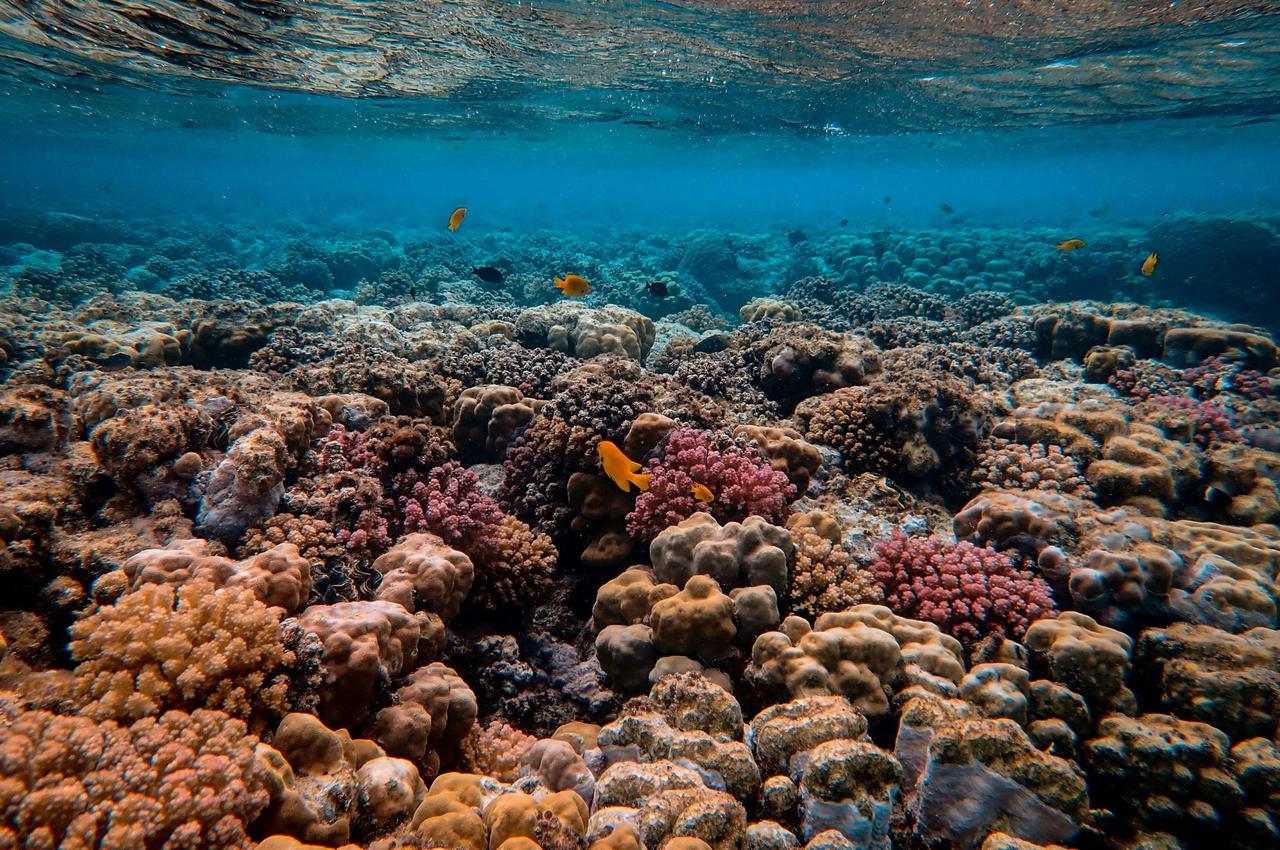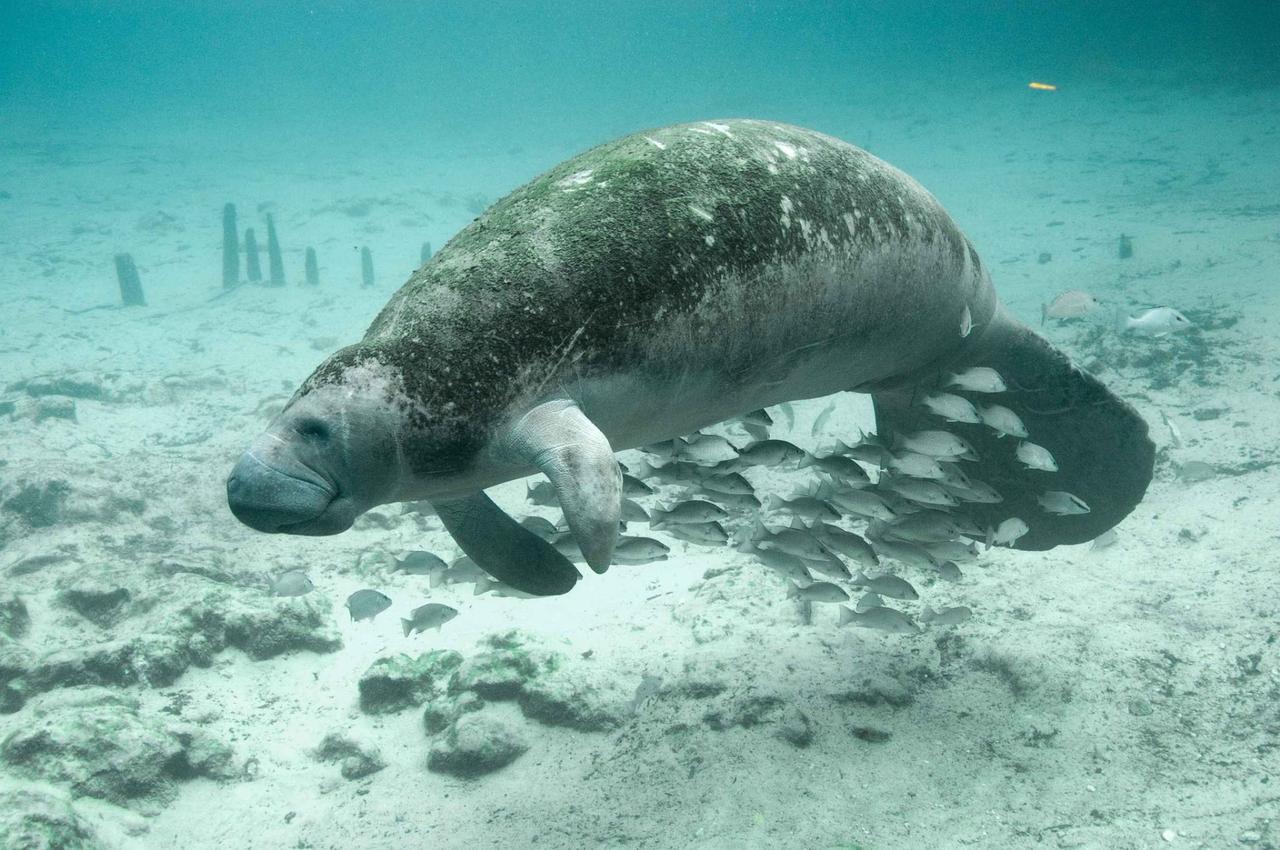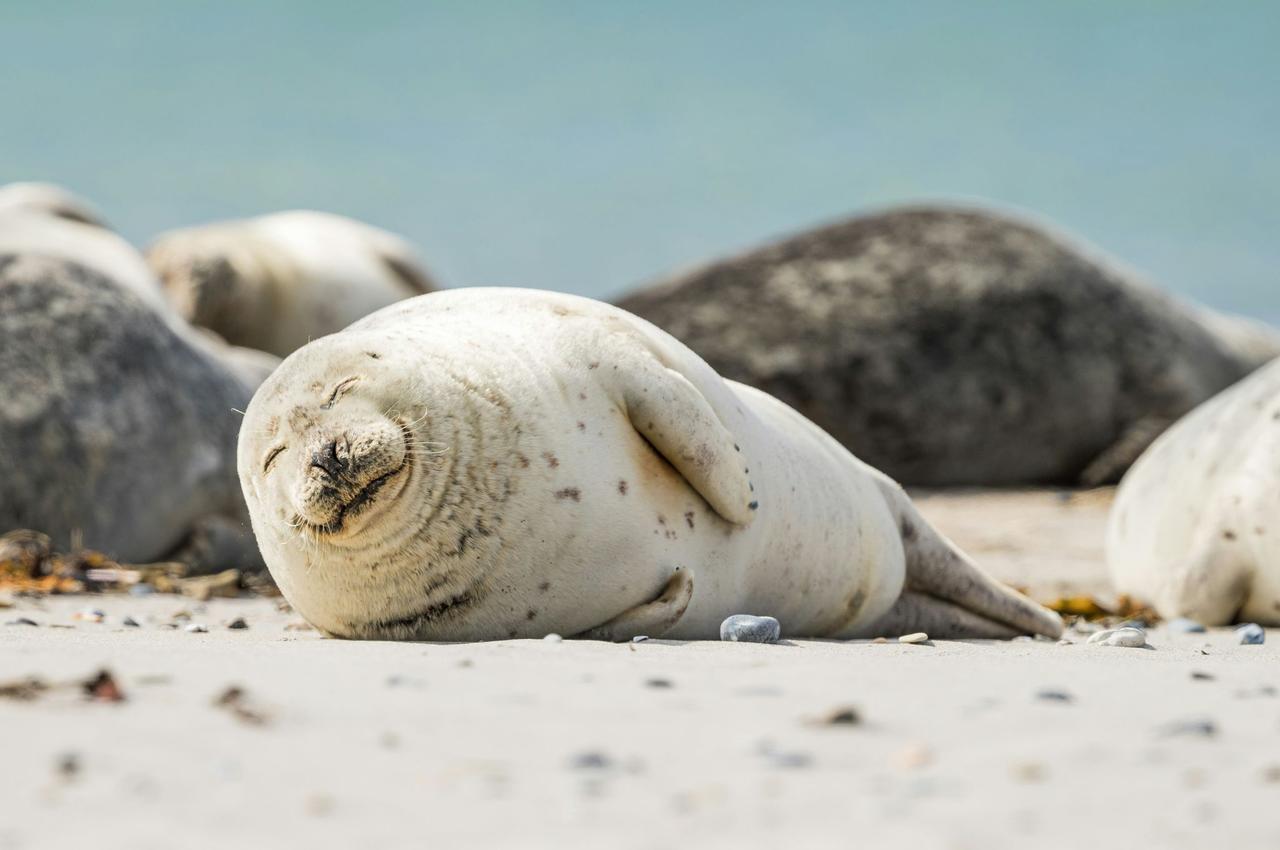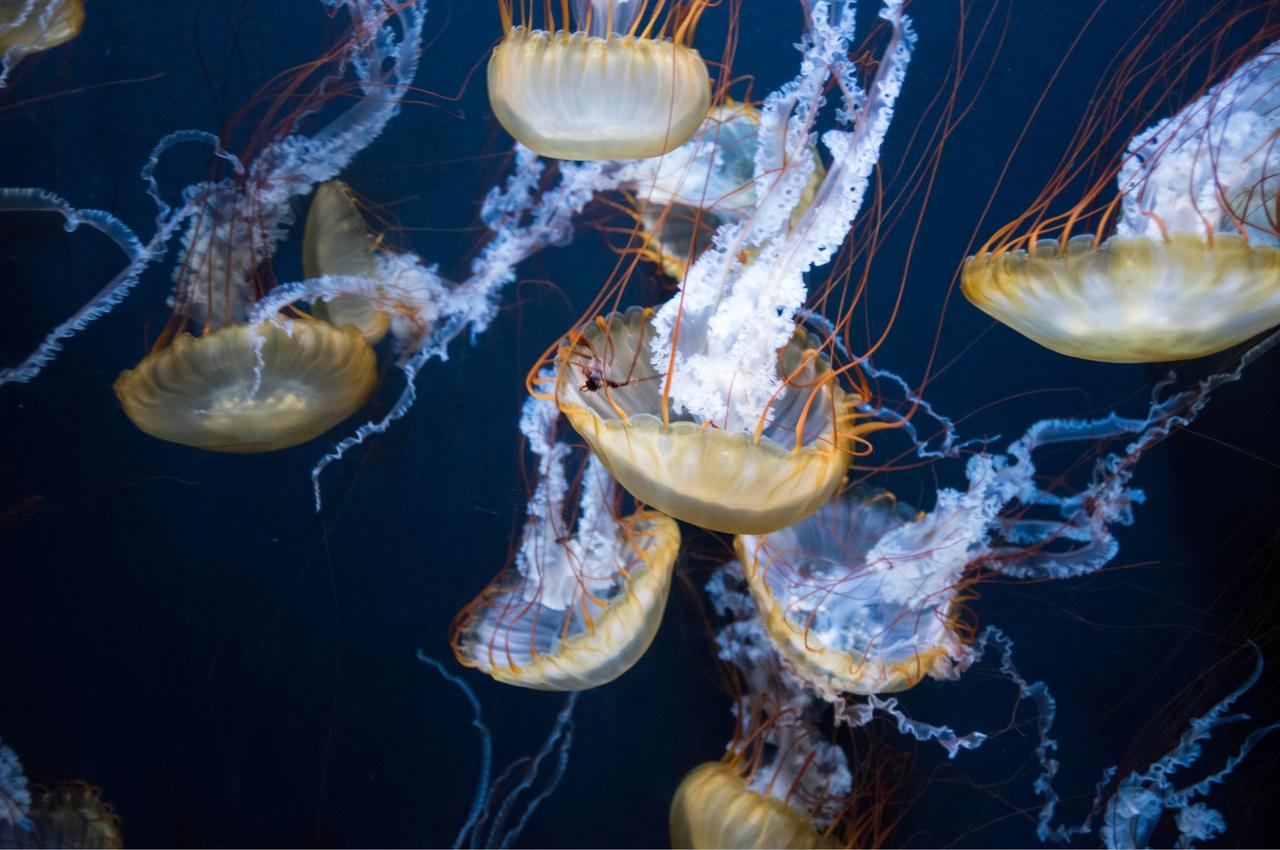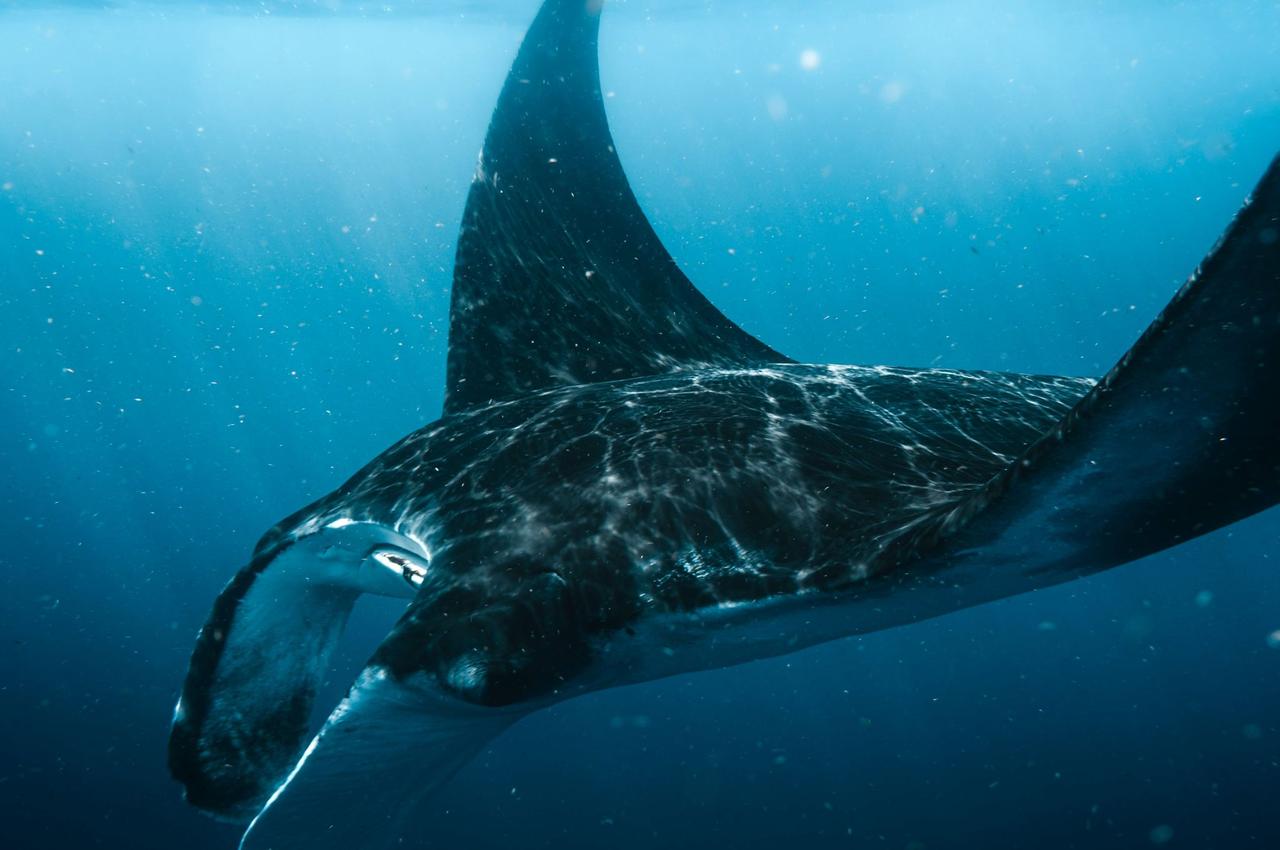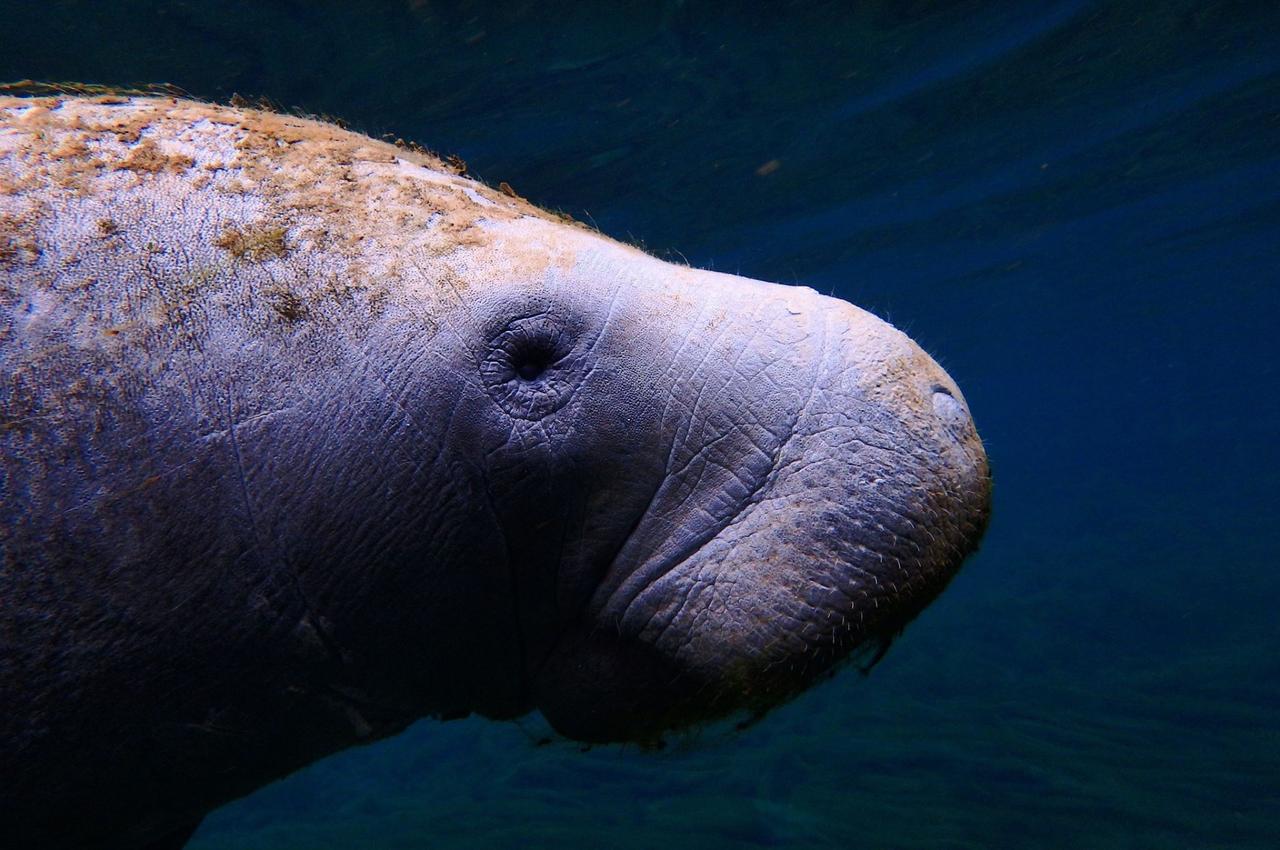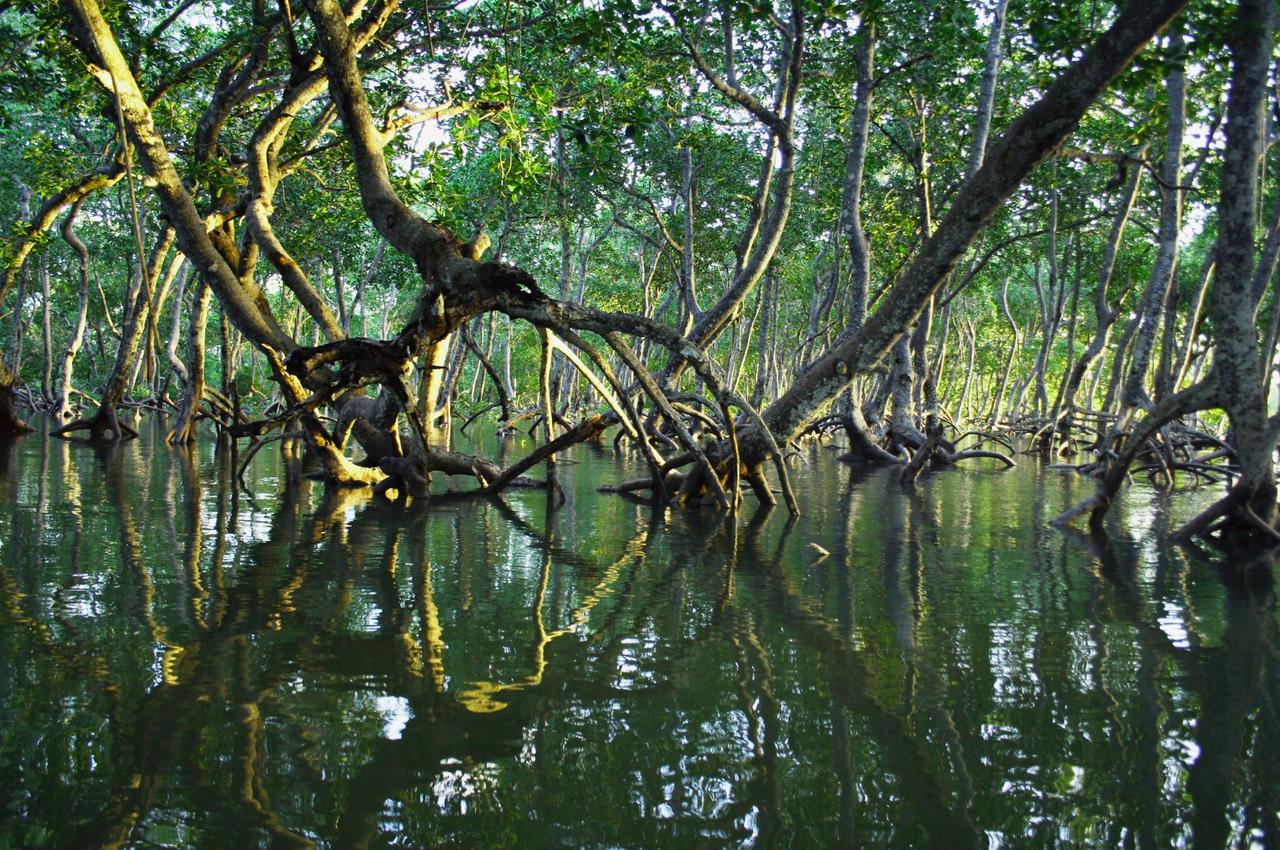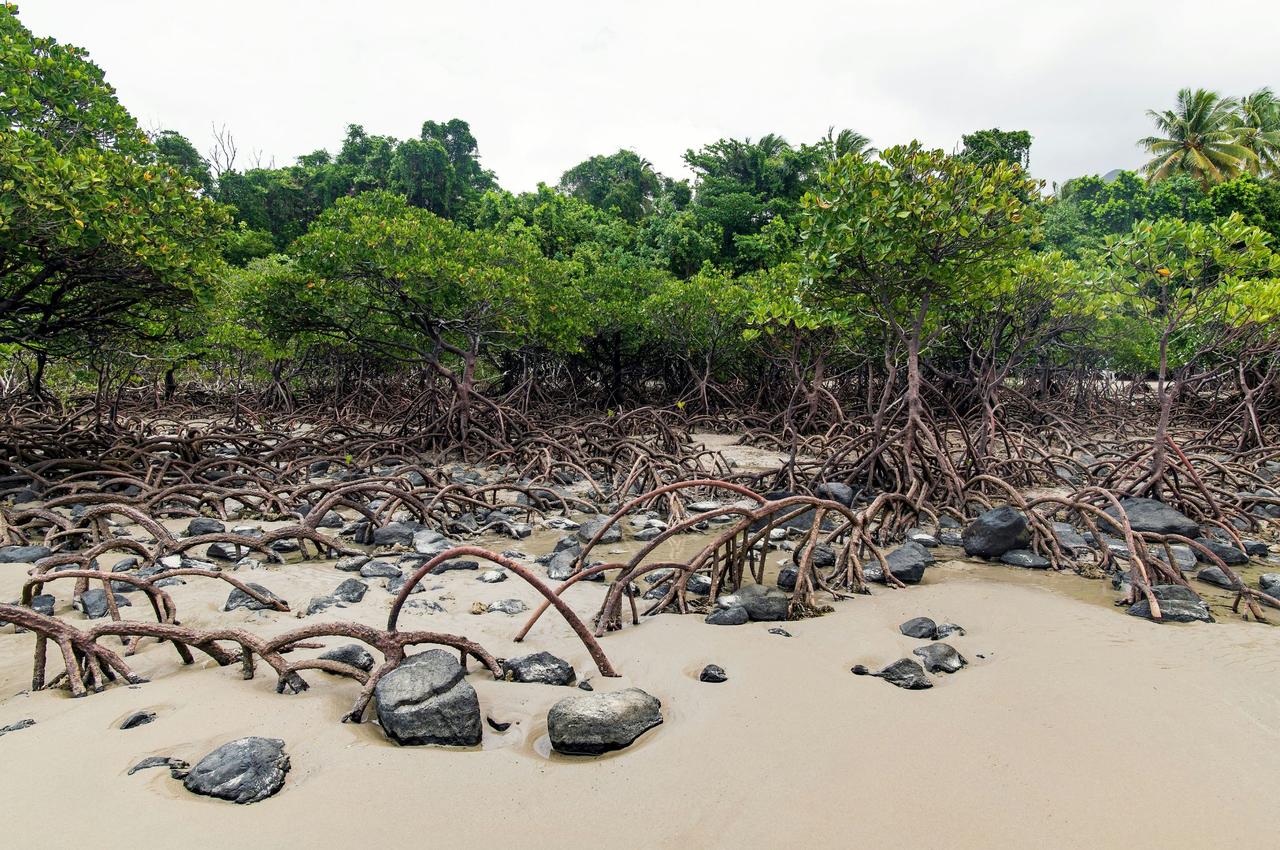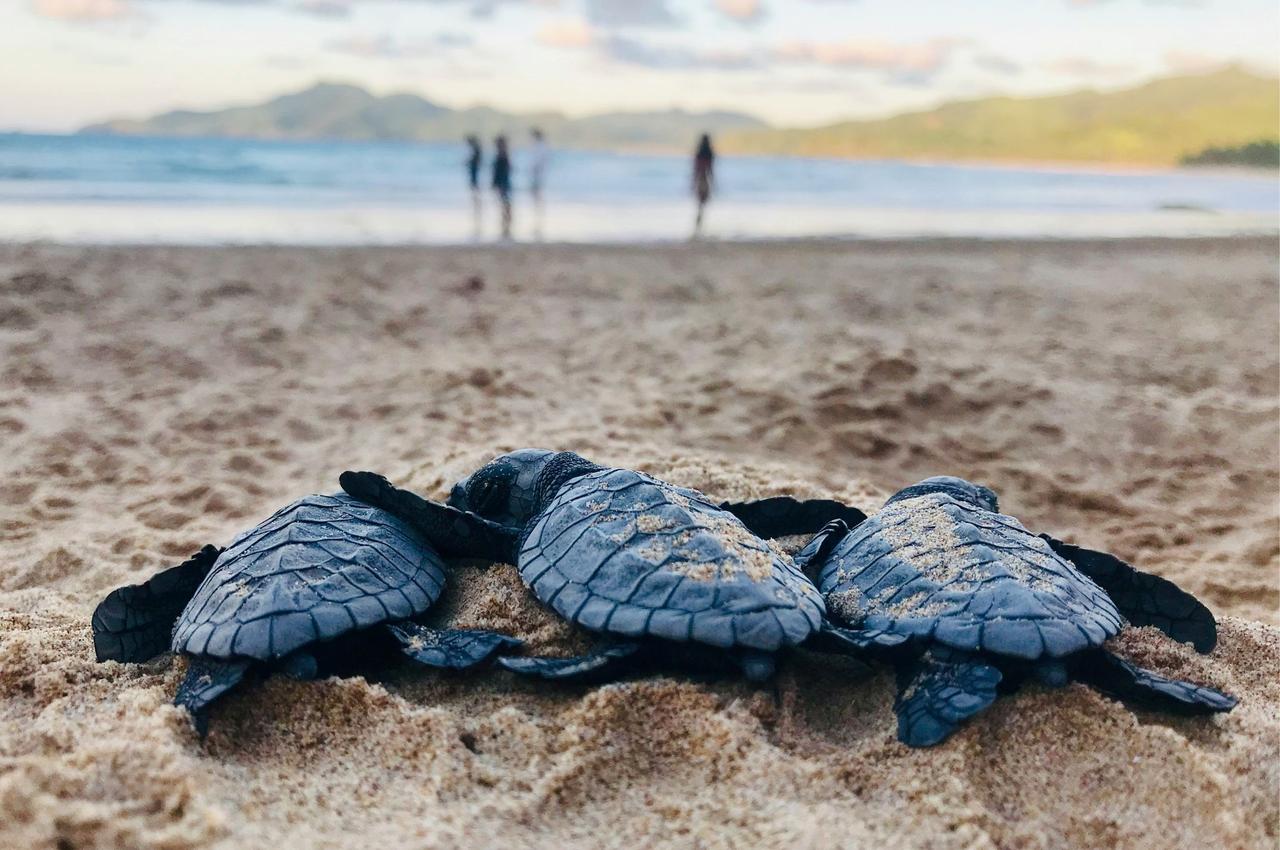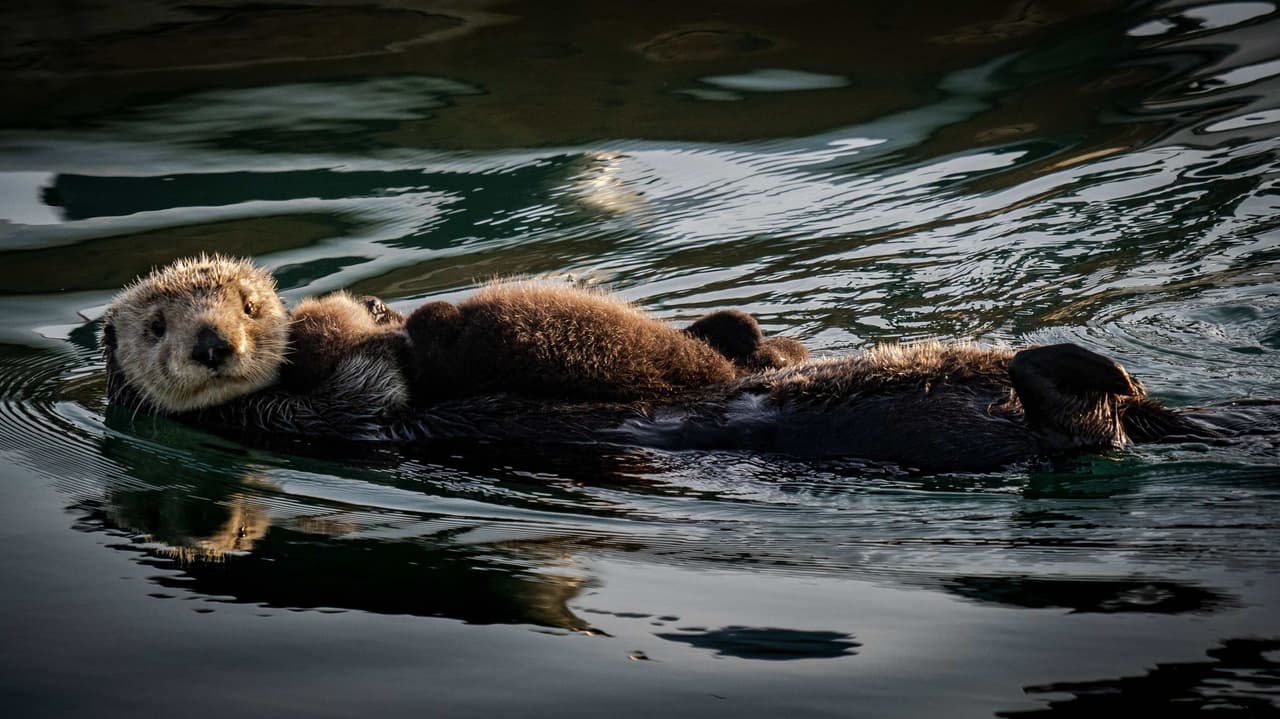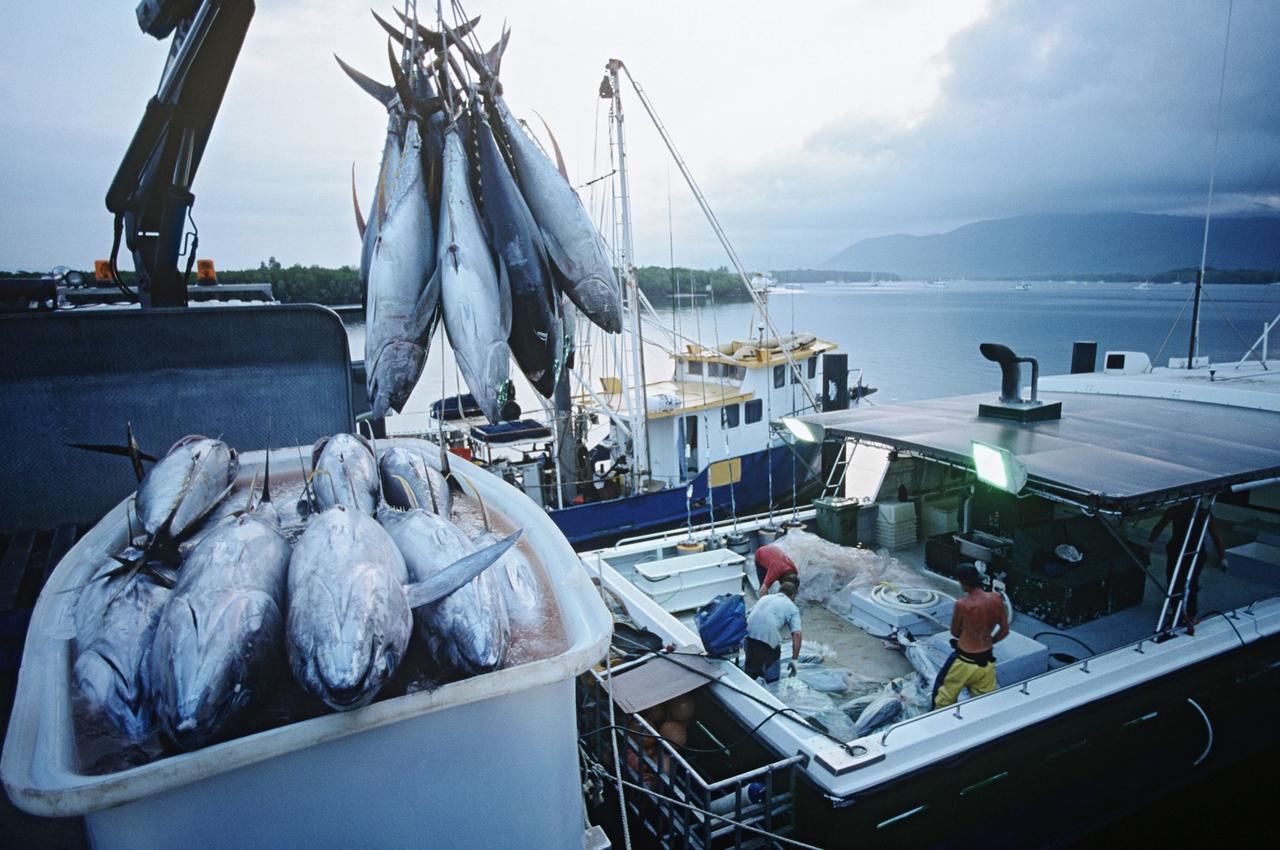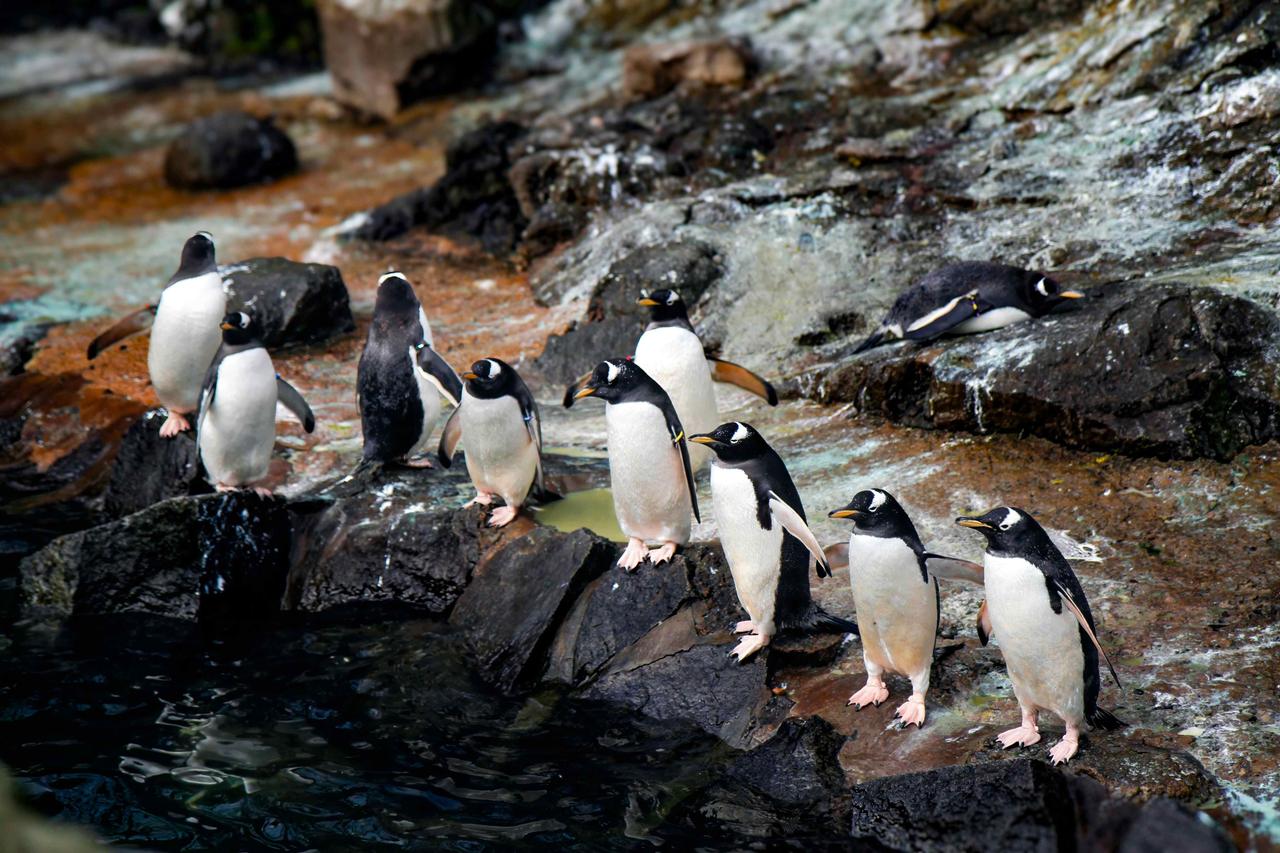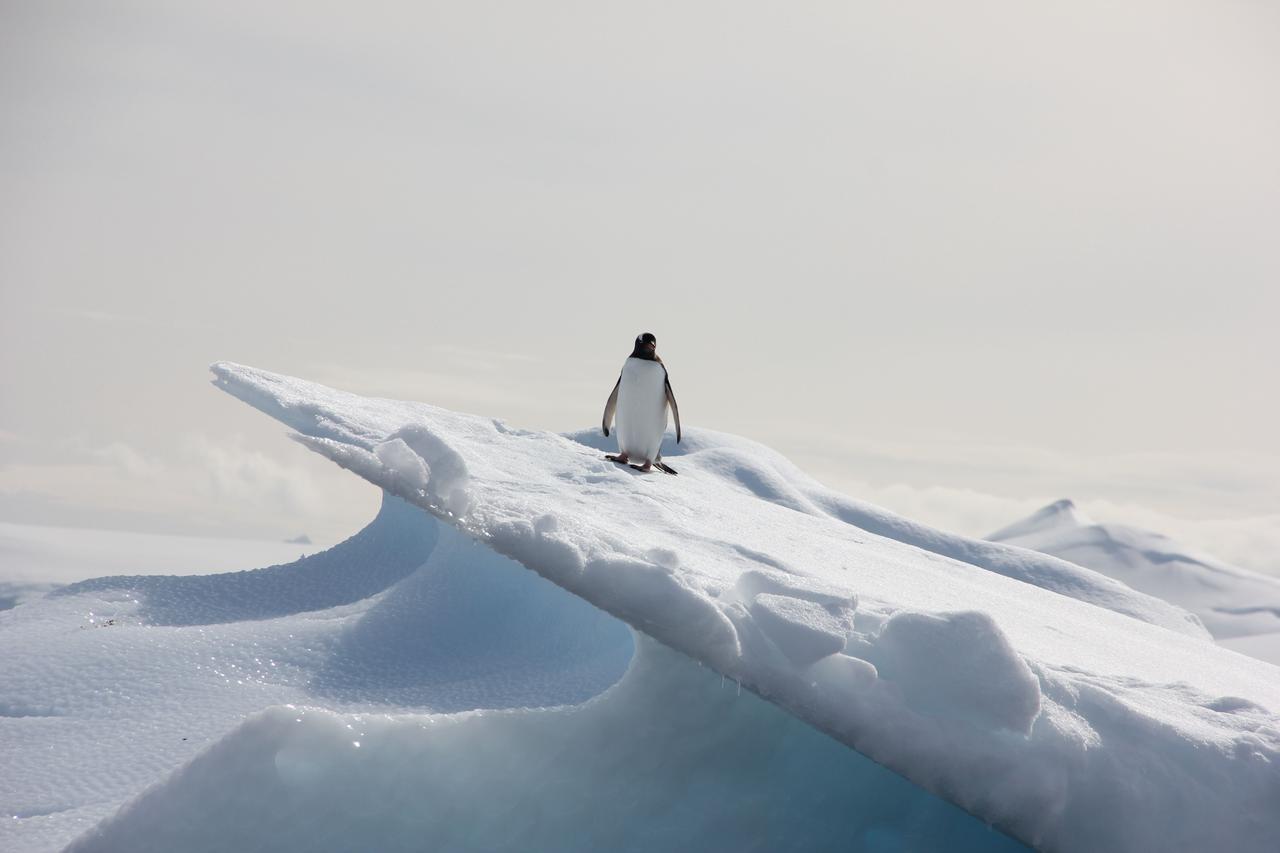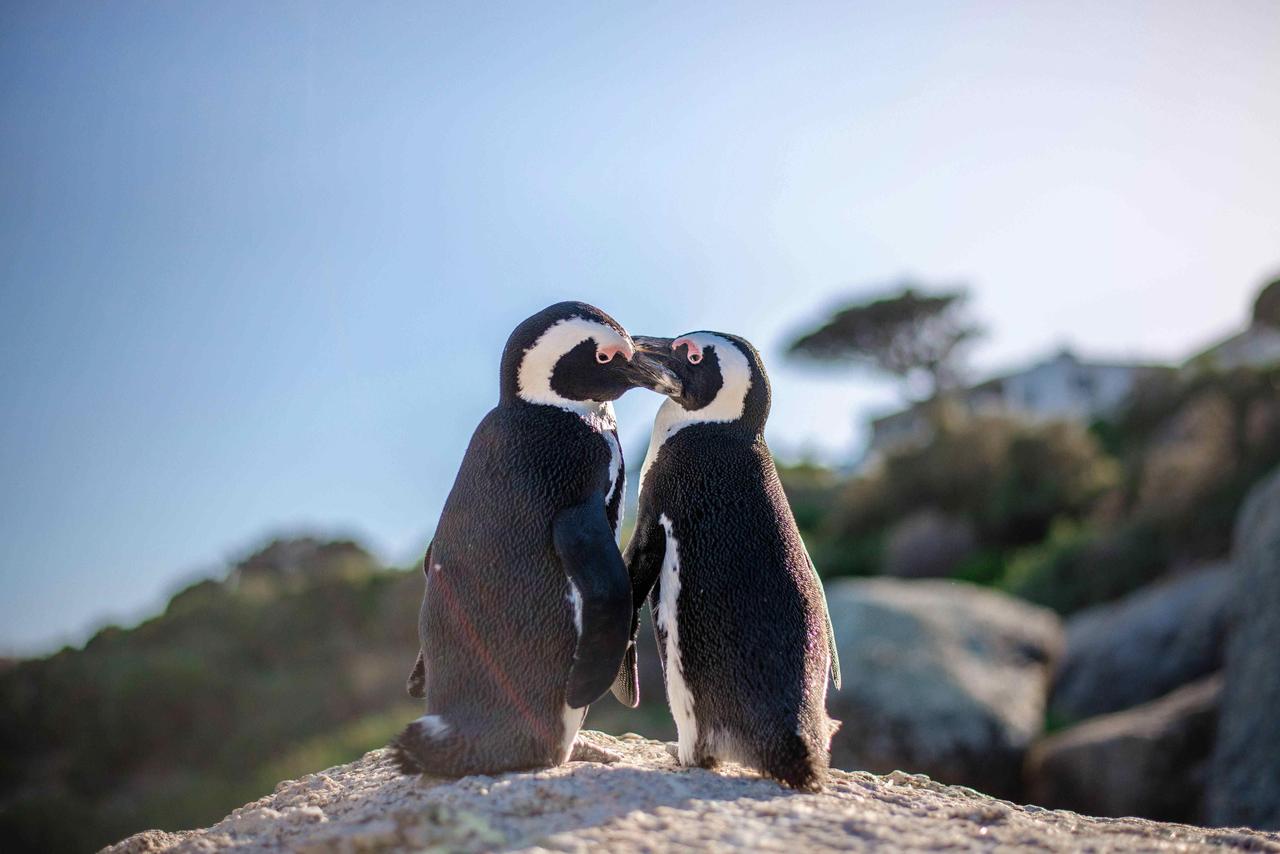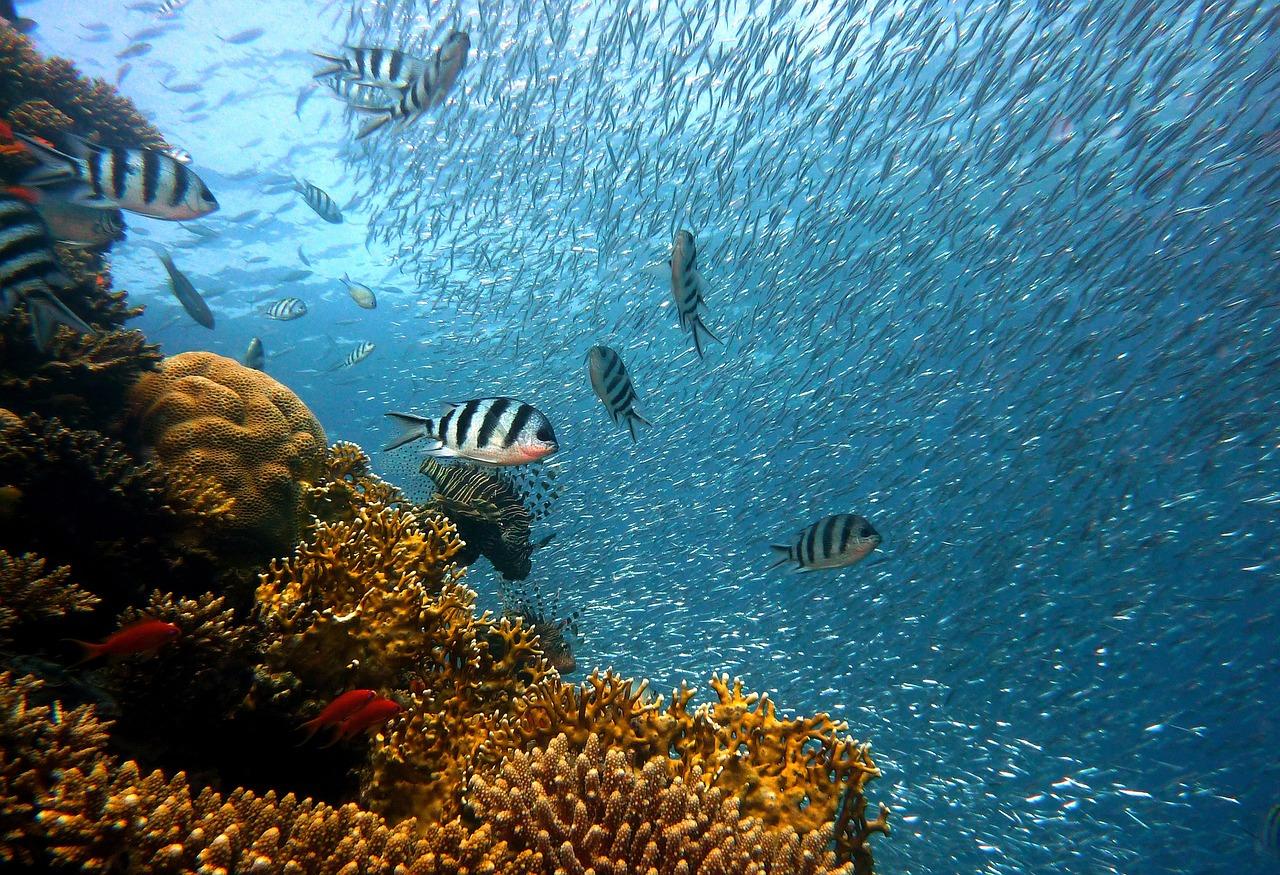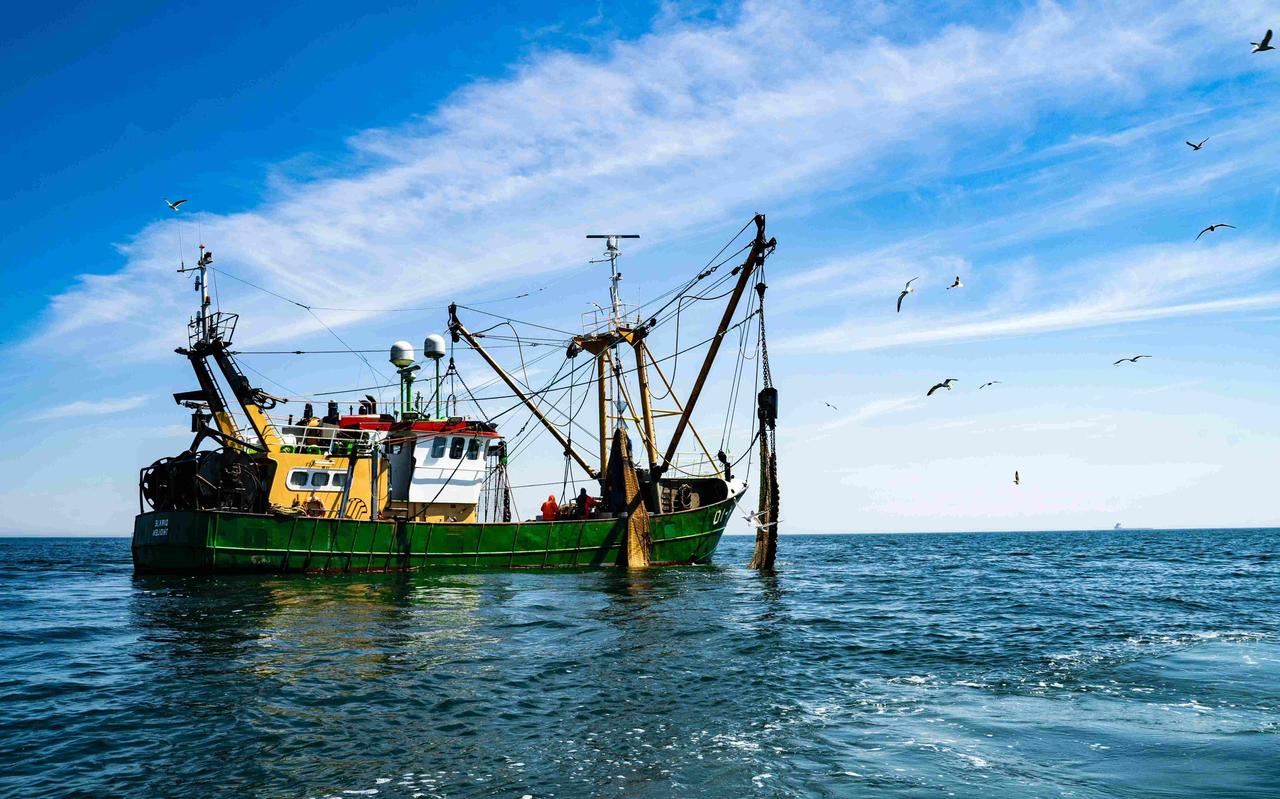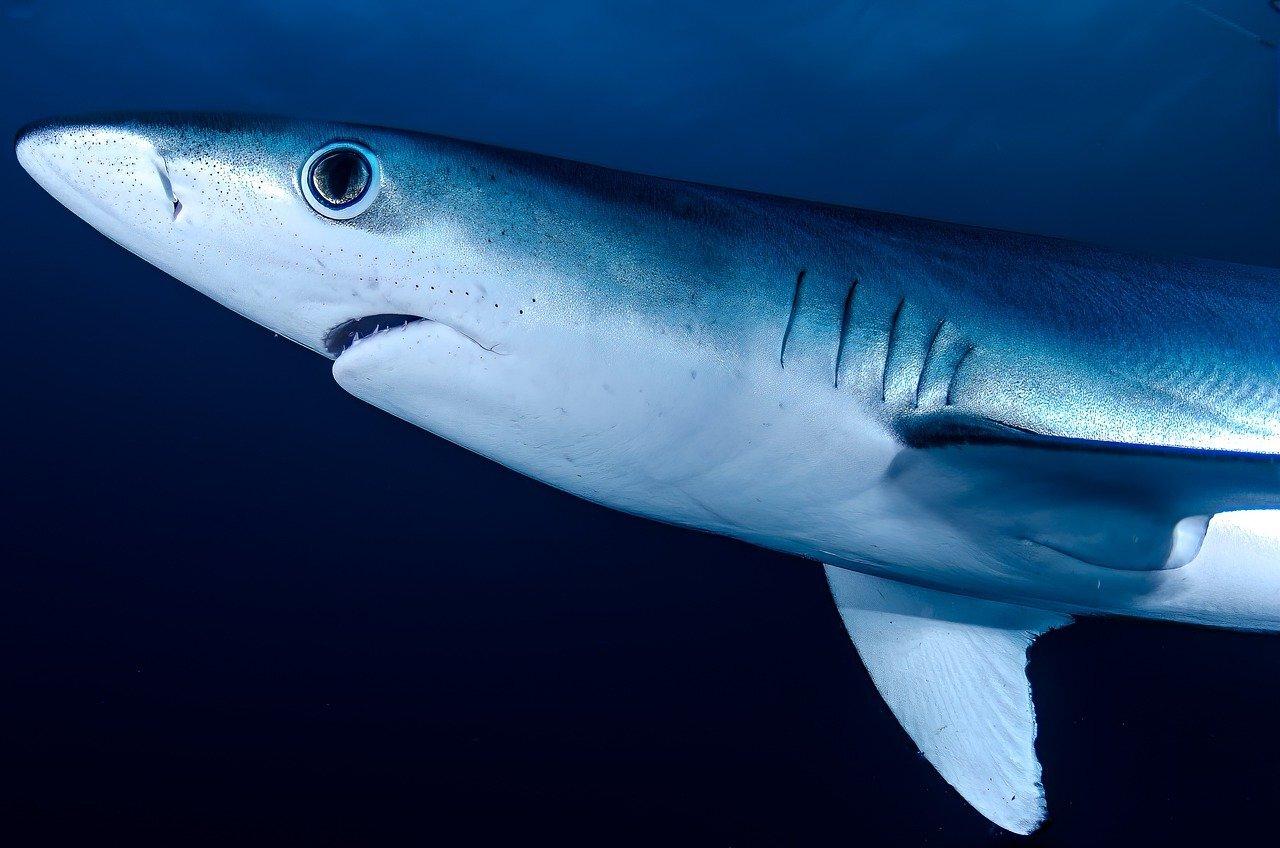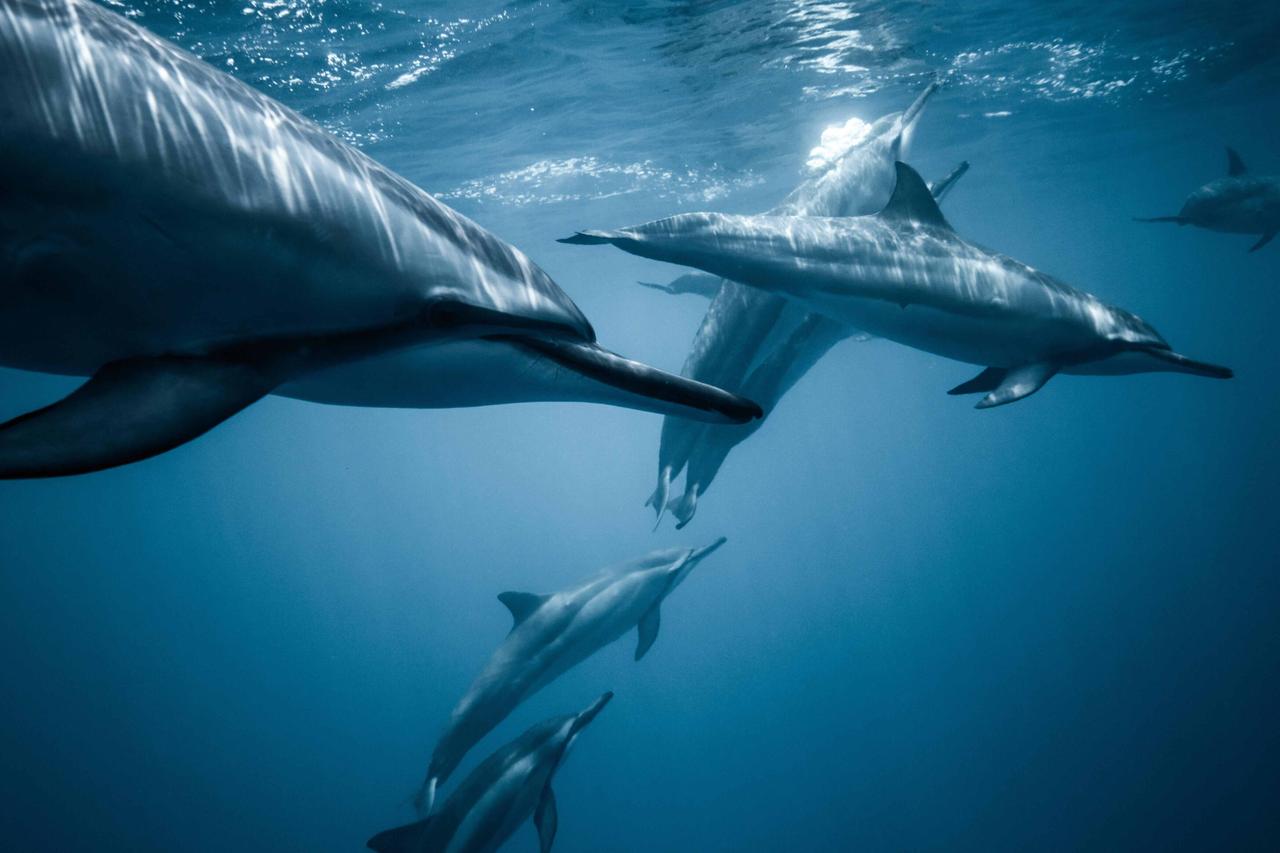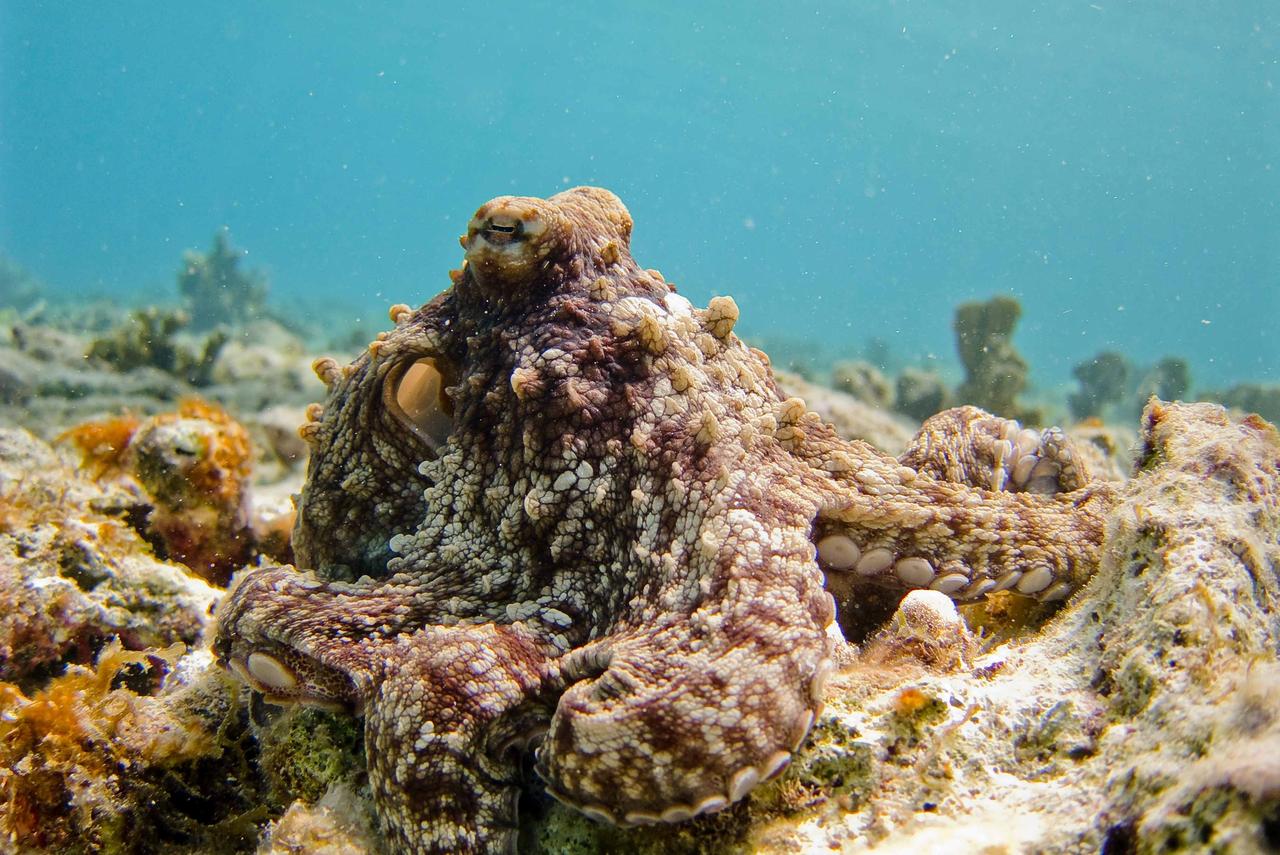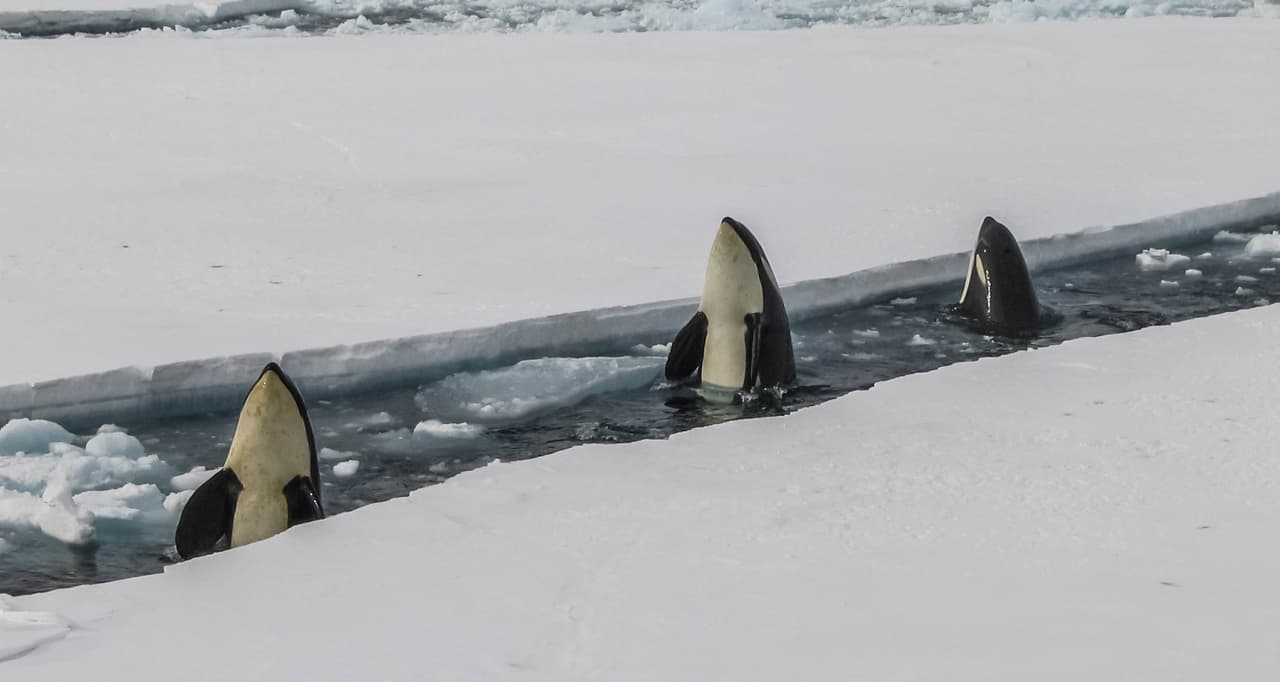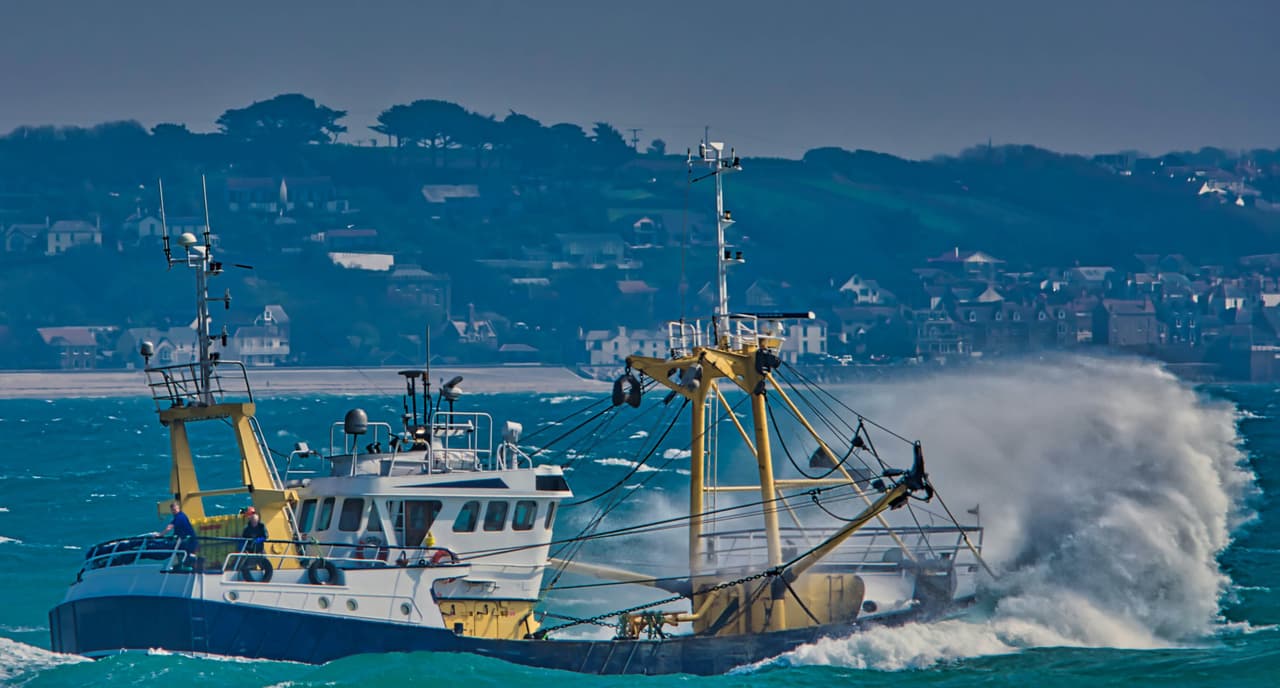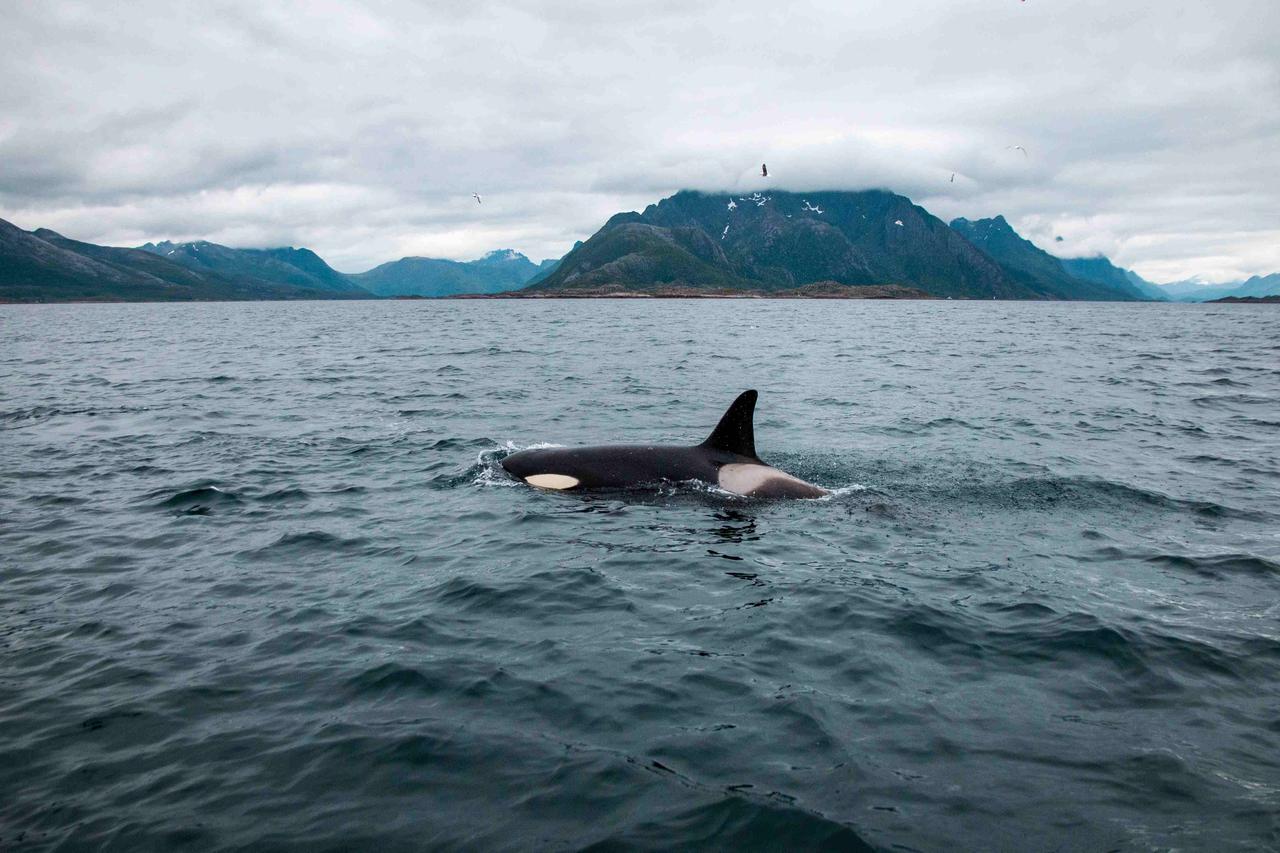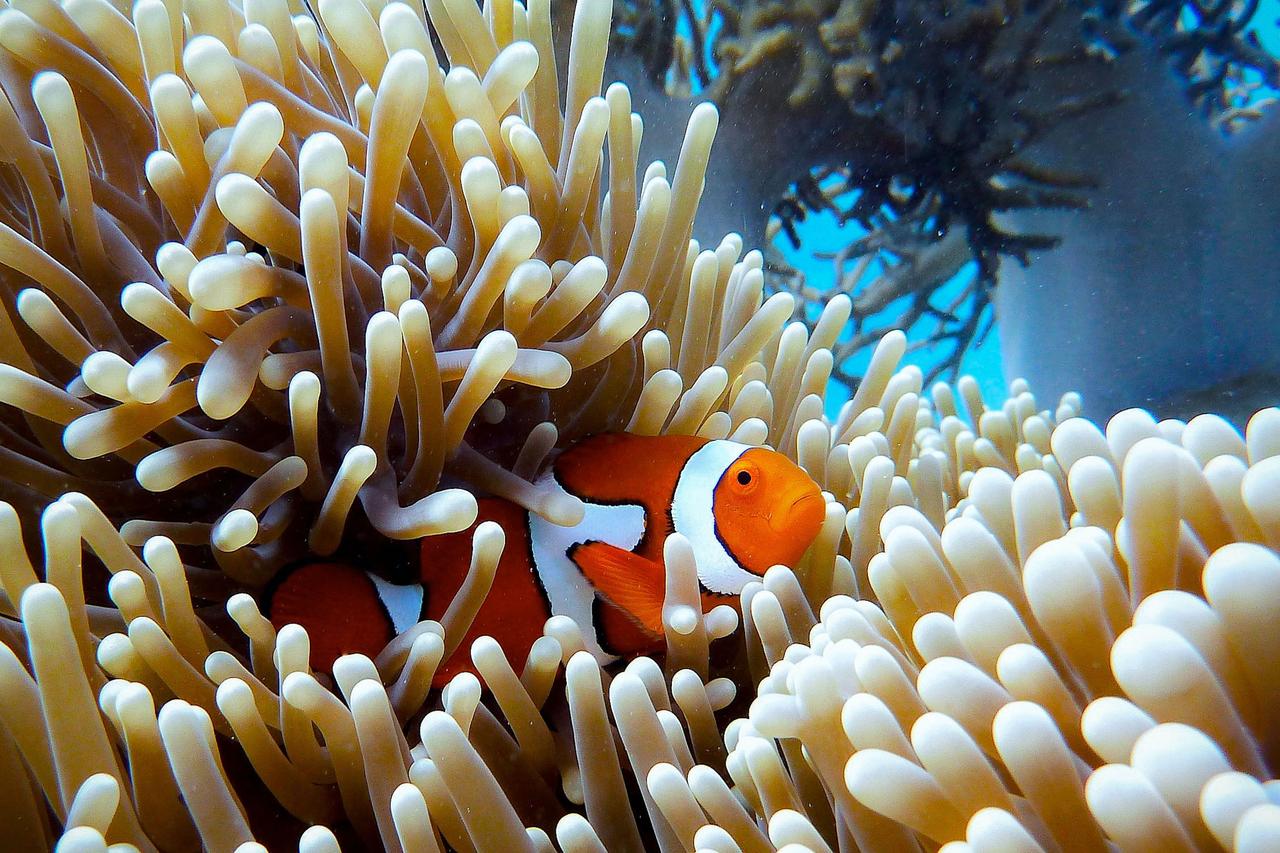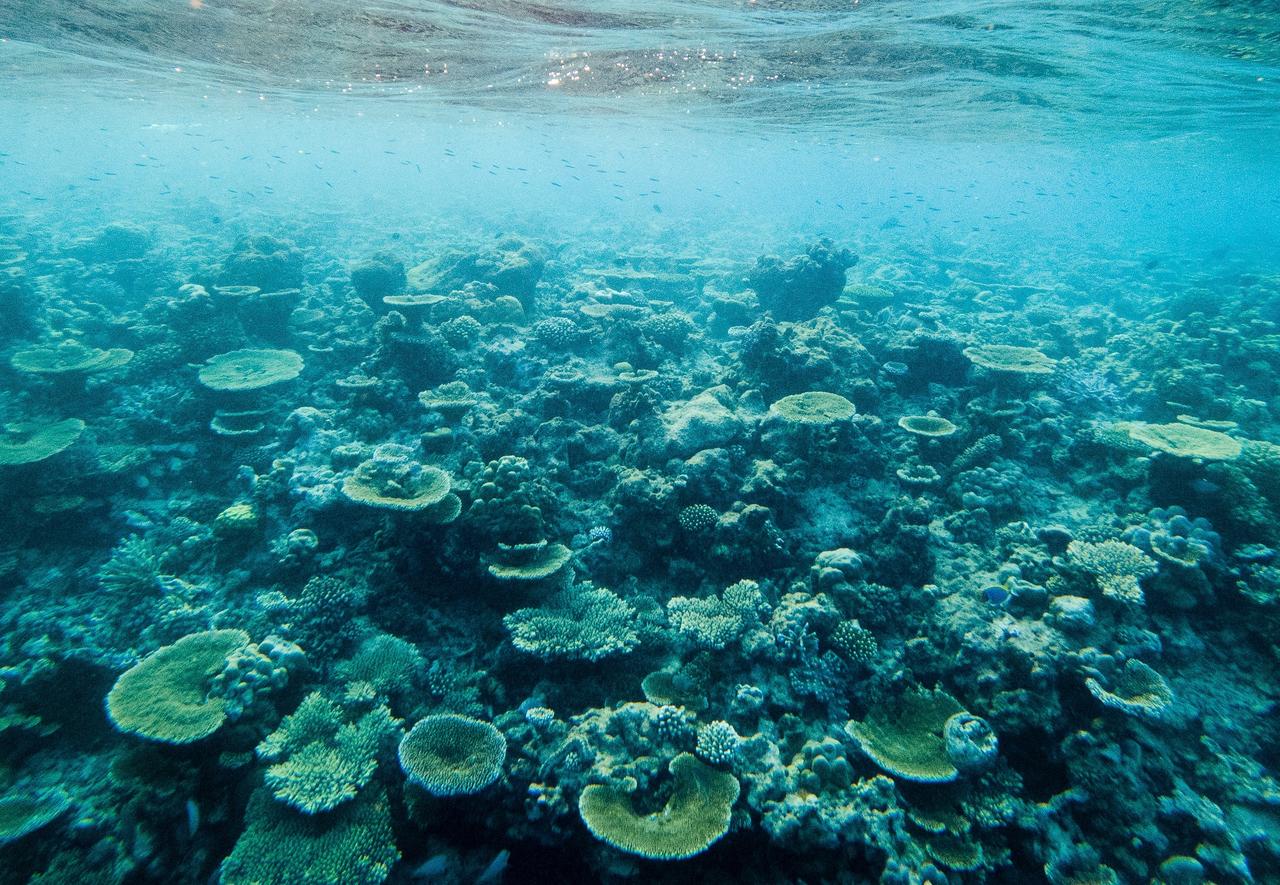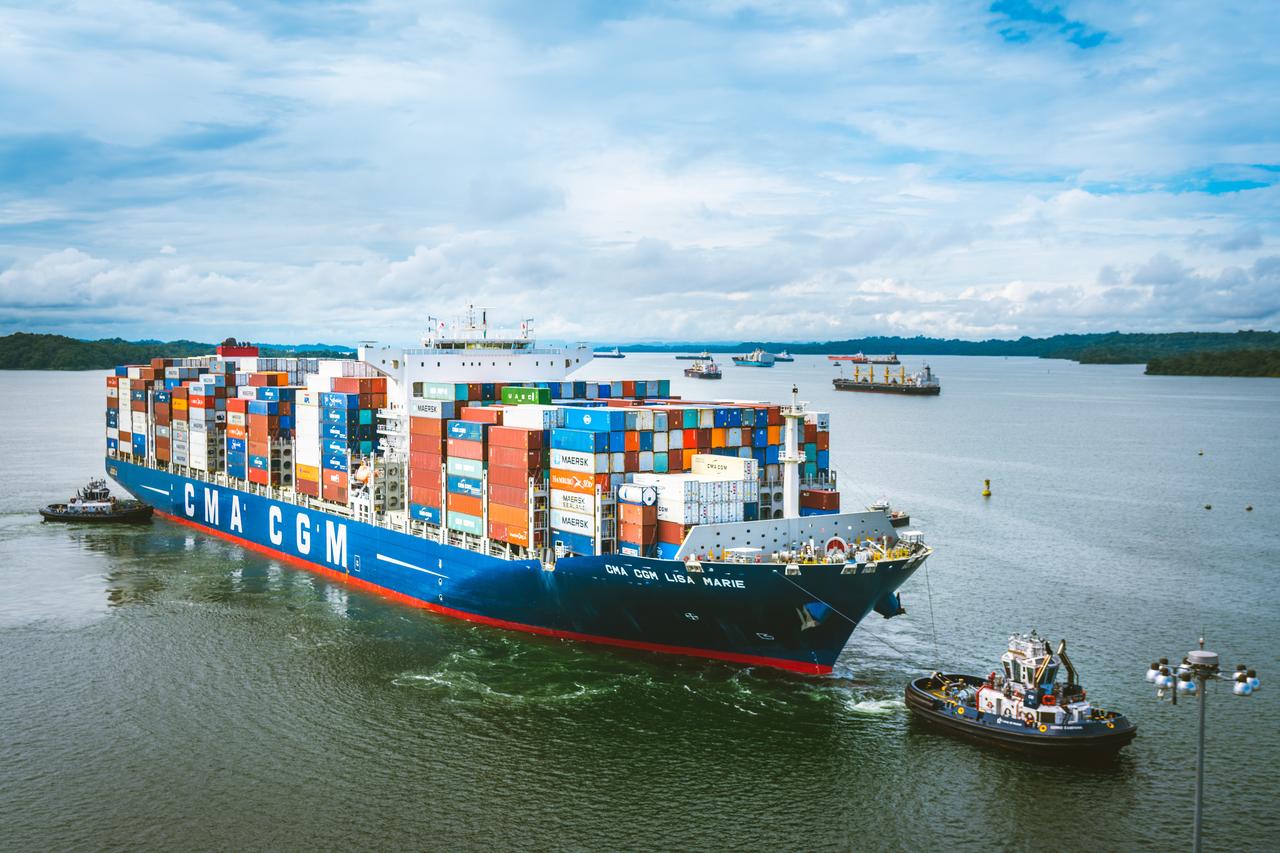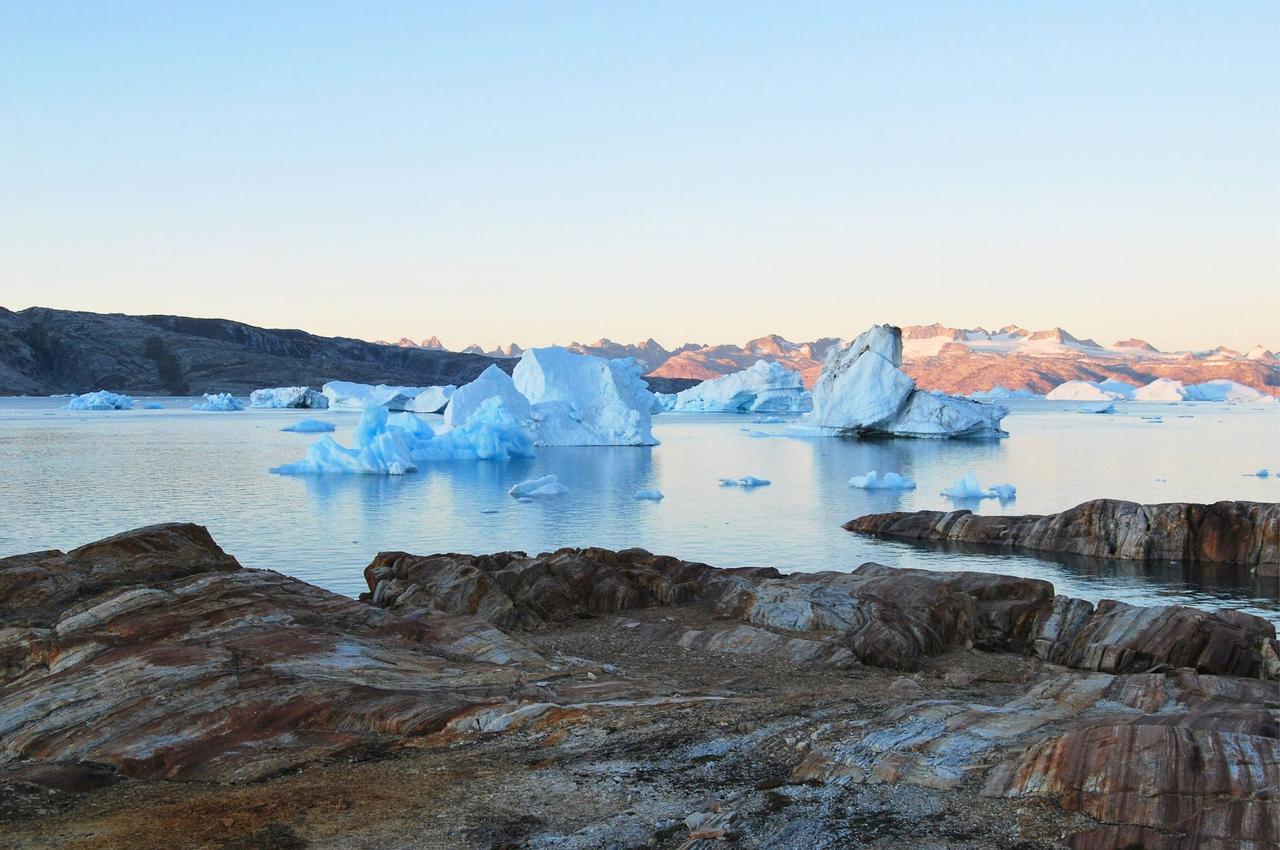
The Arctic may be at the top of the world, but lately it’s been feeling anything but. By some estimates, the Arctic could be entirely ice-free by 2035. Why this matters — and what can you do to help.
The Arctic Ocean
The smallest, shallowest, and coldest — the Arctic Ocean is one of superlative status. While it may only be 8% the size of the Pacific ocean, over 5,000 animal species depend on it. The Arctic Ocean is home to unique species like the unicorns of the sea, the narwhal, and the oldest living vertebrate, the Greenland shark. It has over 2,000 types of algae can be found in this region and the largest marine migration can be witnessed here. Beyond that, the Arctic Ocean even has vast resources of natural resources, from oil to gas to diamonds.

For most of the year, this region is covered in what is known as the Arctic ice pack, which helps in climate and temperature regulation, as sunlight is reflected off the white masses back into space. But unfortunately, the sea ice is shrinking — and shrinking fast.
Under a Warming Microscope
The Arctic is warming twice as quickly as it is anywhere else on Earth, because of which vital OCEAN ecosystems and the nearly 4 million people who live there are at stake. This year, the sea ice was at its 6th lowest on record — over the past 30 years, its shrunk by 95%. Scientists are now warning that nearly all of the Arctic’s sea ice could be gone by 2035.

If this happens, there will be serious implications. Without sea ice, algae (which is the foundation for the Arctic’s entire food chain) won’t be able to grow. Marine mammals will have to swim further and longer for food. Places of rest will be limited. Wildlife will be exposed to more shipping vessels and pollution. But perhaps the biggest problem with melting sea ice is that it creates even more ice melt.
The Pledge for the Future
At COP26, countries reaffirmed their commitment to limit the global average temperature to a maximum 1.5°C. While it may at times seem challenging, this commitment is essential to the future of our planet — and it depends on you. Human activities are driving climate change, but our actions can help reverse it. Simple actions to reduce your carbon footprint can make a difference to the life that swims at the very top of our world.

We can all do something — and now, we must. Start by making a commitment to our planet’s OCEANS with a donation today.














